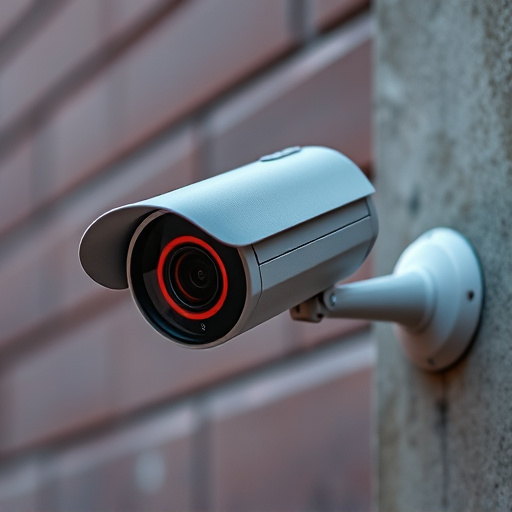Fake security camera placement angles play a crucial role in enhancing home or business security by deterring intruders through strategic installation at various heights and directions, mimicking genuine IR sensors. Correct positioning aligns with key surveillance areas like entry points, windows, and common access points, significantly reducing crime rates. This section explores optimal fake security camera placement techniques, highlighting unique angles to create a sense of enhanced surveillance, acting as a powerful deterrent in the digital era. Avoiding critical mistakes, such as incorrect mounting angles creating blind spots or assuming equal performance across cameras, ensures maximum security benefits and peace of mind. Regular maintenance is recommended for reliable triggering.
“Uncover the secrets behind enhancing home security with our guide on fake camera infrared sensor LEDs. In today’s digital age, understanding the technology behind these devices is crucial for effective surveillance. We’ll explore strategies for optimal fake security camera placement angles, revealing how to maximize their potential. Additionally, learn about common pitfalls to avoid when integrating these LED sensors into your security system. Discover the do’s and don’ts of fake infrared sensor setup for a comprehensive security solution.”
- Understanding Fake Camera Infrared Sensor LEDs
- Strategies for Effective Fake Security Camera Placement Angles
- Common Mistakes to Avoid with Fake Infrared Sensors
Understanding Fake Camera Infrared Sensor LEDs
Fake camera infrared sensor LEDs are designed to mimic the functionality of genuine security camera components, specifically the infrared (IR) sensors that detect motion and enable night vision. These fake sensors are strategically placed at various angles around a property, often appearing as part of real security camera setups. Understanding the placement angles and purpose of these fake IR LEDs is crucial for enhancing home or business security.
When installed correctly, fake security camera placement angles should align with areas that require surveillance, such as entry points, windows, and common access points. By positioning these LEDs at different heights and directions, would-be intruders are deterred, as they may mistake the fake cameras for active surveillance systems. This strategic deception can significantly reduce crime rates and create a safer environment.
Strategies for Effective Fake Security Camera Placement Angles
Common Mistakes to Avoid with Fake Infrared Sensors
When dealing with fake infrared (IR) sensors for security cameras, there are several common mistakes to avoid that can compromise their effectiveness and your overall security. One of the most crucial aspects is understanding optimal fake security camera placement angles. Mounting the camera at the wrong angle can lead to blind spots where potential intruders might go unnoticed. Ensure the IR sensor is aligned correctly to cover key areas, especially entry points like doors and windows.
Another mistake is assuming that any fake camera with an IR LED is equal. Not all sensors are created equal; some may have limited range or poor image quality in low-light conditions. Always test the camera’s performance under realistic scenarios, including different lighting levels and angles. Verify the sensor’s sensitivity to ensure it triggers accurately when someone enters the frame. Regular maintenance and testing will help identify any issues early on, ensuring your fake security camera remains a reliable deterrent.
Infrared (IR) technology plays a vital role in enhancing security systems, and understanding the nuances of fake camera IR sensor LEDs is crucial for effective surveillance. By strategically placing these devices at optimal angles, as discussed, you can deter potential intruders while ensuring a robust security network. Remember that awareness of common pitfalls will help you avoid costly mistakes, enabling a more efficient and reliable security setup in your environment. When it comes to fake security camera placement angles, knowledge is power, and the right positioning can significantly impact your home or business’s overall safety.
